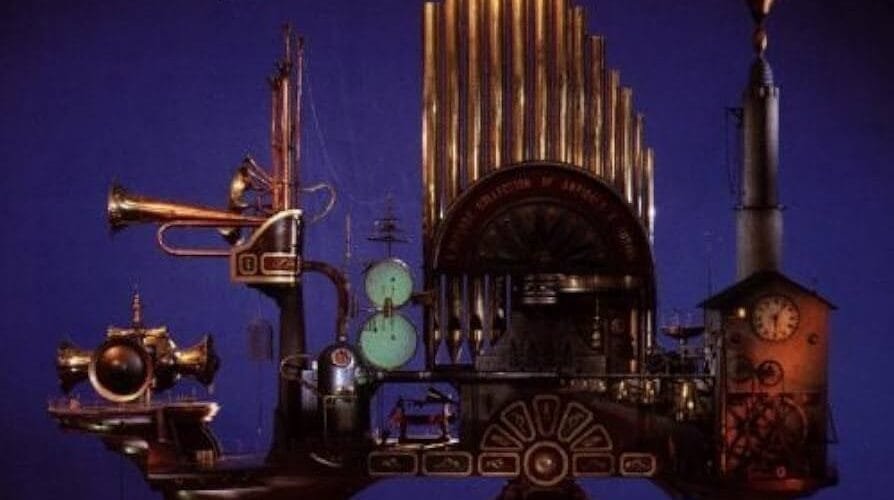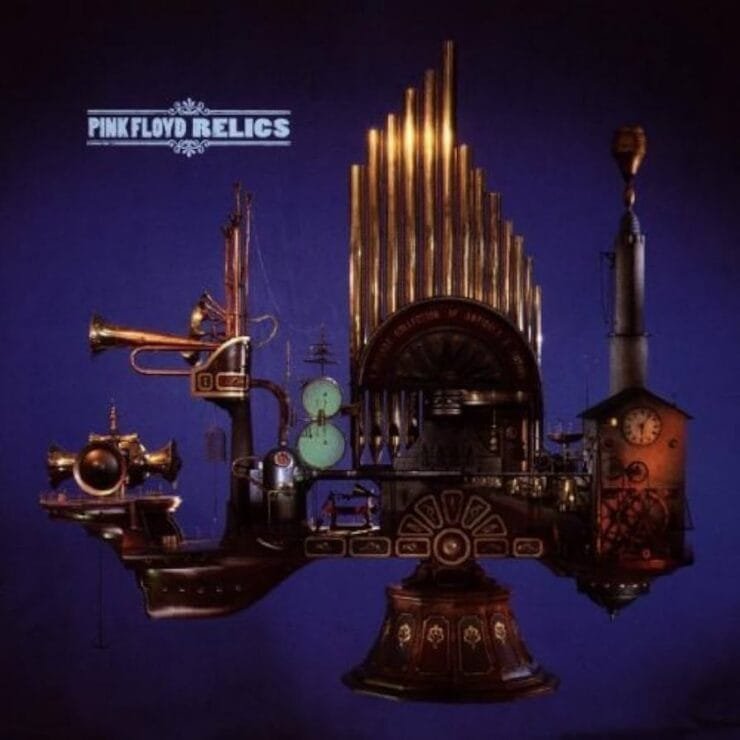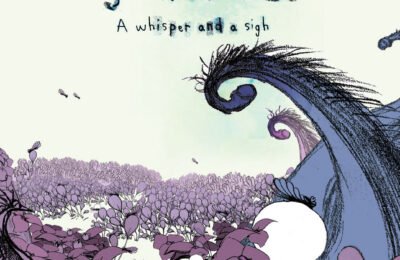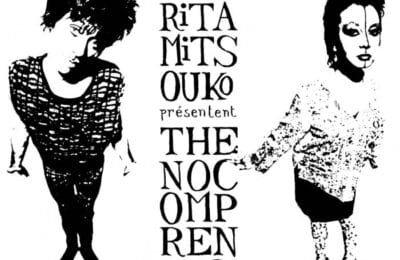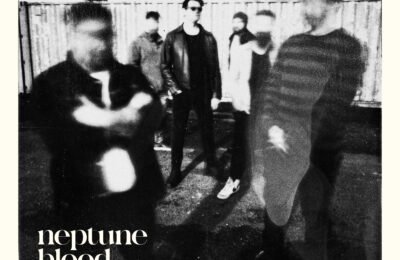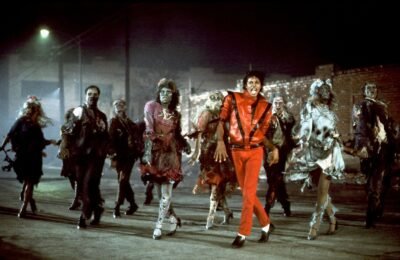A Journey Through Pink Floyd’s Beginnings
When exploring Pink Floyd’s discography in detail, you might stumble upon a strange album cover. It features something resembling a church organ crossed with a coffee maker and a cuckoo clock—an odd contraption imagined by Nick Mason, Pink Floyd’s drummer and former architecture student. If his architectural designs had resembled this, he would have had a rather peculiar career. Within this cover lies one of Pink Floyd’s finest records. Oddly enough, it isn’t even an album but a compilation. Yet, what a compilation it is!
The journey begins in 1967 with Pink Floyd’s first single. A gem penned by Syd Barrett, Arnold Layne was banned from radio play at the time for offending “public decency.” The song narrates the escapades of a cross-dresser who stole women’s clothes hanging to dry in the gardens of the neighborhood where Barrett and Roger Waters grew up. The band’s first hit kicks off with a powerful bassline, supported by Richard Wright’s melodic organ and Barrett’s warm vocals. Here was the sound of Pink Floyd revealed to the world, captivating thousands of young hippies.
Next, we have Interstellar Overdrive, a track that defined their live reputation: nine minutes of psychedelic improvisation. Waters pushes his bass to the limit, Barrett coaxes astonishingly inventive sounds from his guitar with a bottleneck slide, Wright revels in his keyboard, and Mason’s cymbals resonate powerfully. Then comes See Emily Play, Pink Floyd’s second single and their most successful. The band never performed it live, but it remains a perfect slice of psychedelia, blending organ and guitar with a legendary harpsichord solo at its center. The Barrett era is brilliantly represented here, though the omission of Apples and Oranges (the band’s third single) is a regrettable oversight.
Barrett’s final contributions to Pink Floyd are also included, notably two tracks written by Richard Wright. Often overshadowed, Wright was a talented keyboardist and an excellent melodist who composed some of the band’s most beautiful tracks. Among them are Remember a Day—a standout from their second album—and Paintbox, the B-side to Apples and Oranges. These tracks tastefully combine the psychedelic music of the time with the experimental direction the band was beginning to explore.
Another peaceful psychedelic ballad follows: Julia Dream, a B-side written by Waters and released in 1968 with It Would Be So Nice. Though pleasant, it doesn’t quite match the brilliance of its predecessors.
From here, the style shifts toward the experimental. The compilation includes a studio version of Careful with That Axe, Eugene, originally released as the B-side to the rare Point Me at the Sky single. Otherwise, this track can only be found in live form on Ummagumma. The piece exemplifies the band’s experimental turn, starting calmly and ominously before building to an explosive climax of sound and vocals, only to fade back into a dreamy lethargy. Pink Floyd becomes a sonic laboratory, blending sound effects, mouth noises, and musical experiments.
In 1969, the band recorded the soundtrack for More, varying styles and atmospheres. Three tracks from this project appear on Relics to illustrate this diversity. Cirrus Minor is a stripped-down, tranquil ballad—close your eyes, and you’re lying in a meadow with birds chirping and sunlight warming your face. It’s classic, relaxing Pink Floyd. Then comes something entirely different: The Nile Song, featuring gritty guitars, wild screams, and an unhinged energy that feels almost punk before its time. Finally, Biding My Time brings the band back to its roots with a blues number. Gilmour shines here, his fingers dancing along the fretboard in a thrilling, joyous performance.
The journey through the ages concludes fittingly with Bike, the closing track from their debut album. This cheerful, psychedelic piece by Barrett wraps up the compilation on a whimsical note.
In just two sides, Relics gathers the best of Pink Floyd’s early years, capturing the essence of a band that mastered a wide range of atmospheres and musical styles.

